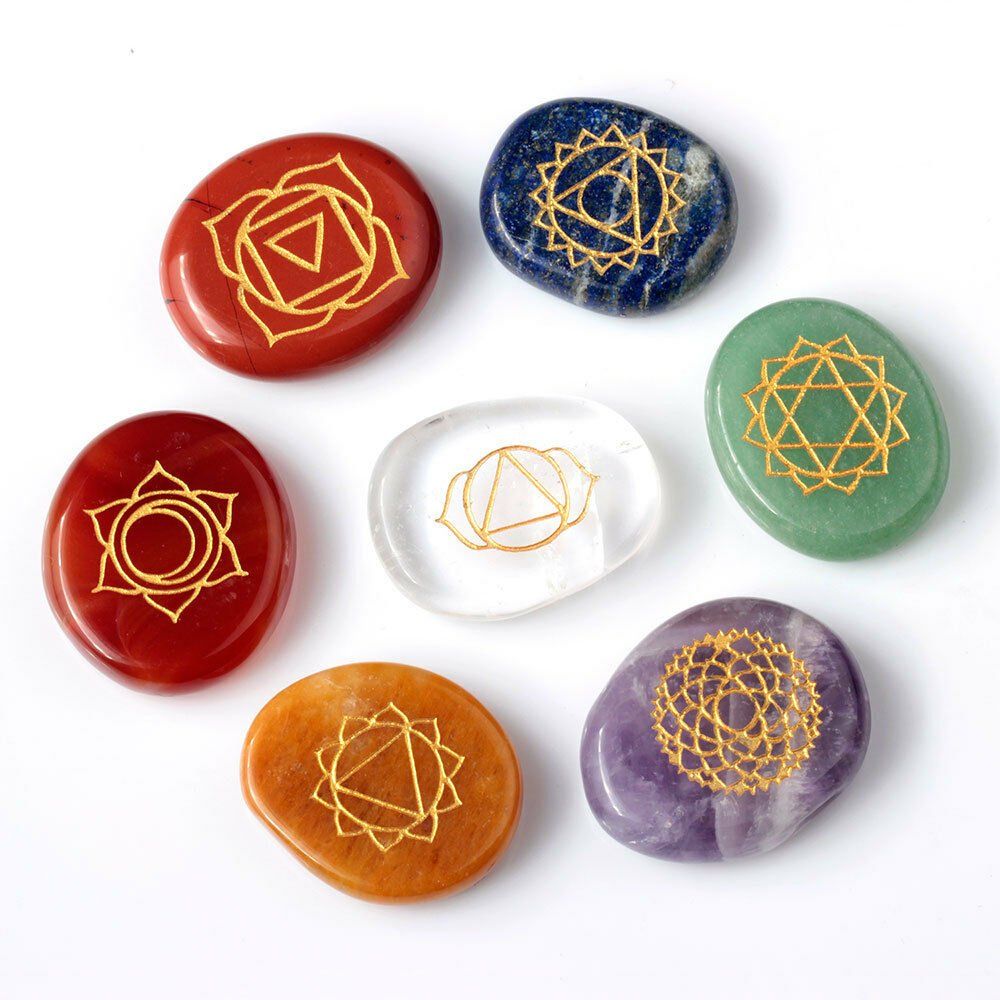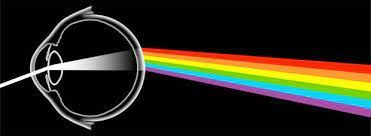Vivid Art Meditation Blogs

Researchers examined the effects of creative participatory art and adult stress levels. The study found the stress hormone Cortisol was reduced in 75% of the study’s participants after they participated in a 45-min participatory art activity. Experience and the artistic skill level of the participants had no variance on their level of stress reduction. In short, it does not matter what you create nor how well you create it. It is the art of creating that holds the key to reducing the stress hormone.

Amber: A stone for spirituality, intuition, stability, strength, inner peace (meditation), clarity, enhancement of consciousness, strengthening of the immune system, enhances the hormone production, reduction of insomnia and stress, ease of headaches, reduction of bruising and swelling, and stimulation of the pineal gland. Aquamarine: A stone for unity and bringing people closer together; good for balanci ng empathy and sensitivity, promotion of self-courage, good for sore throats, kidneys, liver, spleen, and the pituitary/thyroid glands. Aventurine: A stone for the promotion of positive attitude, joy, purification, compassion, protection from environmental pollution, balancing of blood pressure, cholesterol, and the heart chakra. Citrine: A stone for joy, warmth, courage, hope, warmth, self-esteem, creativity, cleansing and revitalization, attraction, abundance, helps with digestive system and the heart, reduction of infections, improvement of circulatory system, and balances the solar plexus chakra; holds sun energy Clear Quartz: A stone for clarification and awakening, meditation and connection to pure self; a powerful healing stone for all areas of mind-body-soul; removes negativity and balances all chakras. Fluorite: A stone for powerful healing, promotion of focus, freethinking (3rd eye chakra), and stability; drawing away stress suppresses cold/flu, and protection of teeth and bones Labradorite: A stone for mystic energies, and meditation; protection of the aura, connection to the universe, and transformation of the crown chakra . Red Jasper: A stone for grounding, courage, energy, improvement of the digestive and reproductive systems, and energizing and balancing of the root chakra. Rose Quartz: A stone for unconditional love, harmony, love, self-love, heart chakra, and increased fertility

Crystals are the most stable form of matter on Earth. They are also hold the most energy of any object found on the planet. Crystals come in many variations, with their makeup being dependent upon the environment they are created in. Crystals are made up of potassium, calcium, and other earth minerals within their environment. Crystals interact with the body's energy fields. They can suppress, repel, restore energies, can stimulate the brain, and balance the emotions

The Egyptians, Babylonians, and Assyrians utilized color light and healing stones (heliotherapy) for treatment remedies. COLOR is LIGHT and ENERGY Ancient Egyptian treatments Bronchitis & Epilepsy (Gold and Pearl) Diabetes (Emeralds) Heart/Brain (Ruby) Protection against poison (Turquoise) Eyes, ears, and skin (Amber/Honey) Assist with pregnancy to prevent miscarriages (Jade)

Art activities, whether visual or participatory, provides both psychological and physiological healing. Erik Erikson 8th stage of Psychology of Development: Despair vs. Integrity What do they look like?? Despair (Depression, stress, isolation, inactive, negative about life, and purposeless life) Integrity (Joy, wisdom, socialization, activity, positive mindset, and purpose-filled life) What does art do for the older adult?? Art improves cognitive function because it produces neural pathways and makes them thicker and stronger dendrites Art improves thought development as the newly created pathways within the brain manifest new thought patterns Art improves brain function The History of Crystal Healingas it trains the brain to focus on one act (Logic + Creativity= Art!) Art improves hand-eye coordination as it activates use of both Art can be very important for the wellbeing of an older adult.

Expressive Therapies have many holistic benefits! Art improves self-esteem : Individuals may discover personal meaning and understanding with no restrictions in the creative process. Expressive therapies provide non-verbal opportunities for release of raw emotions, offering a therapeutic value. Active Participation : Individuals engage in active therapy in the process of creating. This active hands-on therapy can create a space for individuals to passively organize their thoughts and process their emotions. Imagination: Individuals heighten their imaginative abilities in the process of creating. When individuals move past the preconceptions of themselves, they open new gateways of inner communication and processing of thoughts. Mind-Body Connection : Individuals can become calmer in the state of creativity. When the mind-body are active and focused, the individual may feel more grounded and settled. Limitations of Practice : Some people do not know how to let go; some people find it hard to disregard boundaries of personal abilities; some people think art must be perfect, when all it has to do is exist. Its purpose is achieved in its creativity.
Color is all in the mind! It is not tangible. Color is made visible through a process called Color Visualization. Within this process, colors are detected through cells in the eyes/brain called rods and cones. These cells are able to detect the frequency of colors and then translate these frequencies into color that our brain interprets. Completing the process of Color Visualization, the colors we "see" are labelled and recognized as red, green, blue, etc.
Through Color Visualization, healing can be achieved. This is because each color frequency effects the functions of our mind, body, and soul. By selecting a specific color, a person can address a specific physical or emotional need. This is when Chromotherapy comes into play.

The body content of your post goes here. To edit this text, click on it and delete this default text and start typing your own or paste your own from a different source.





